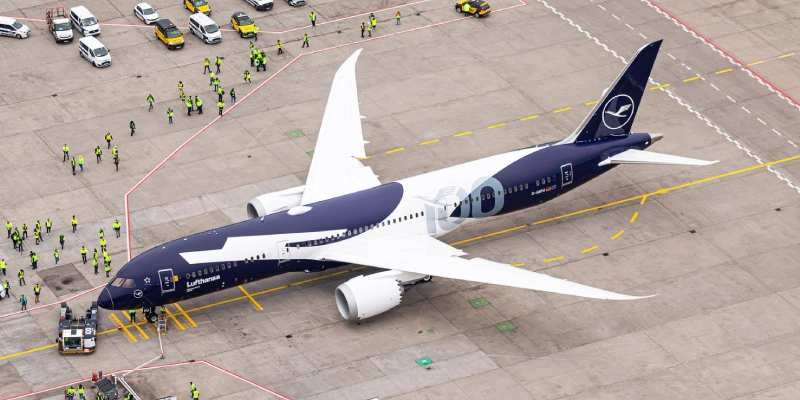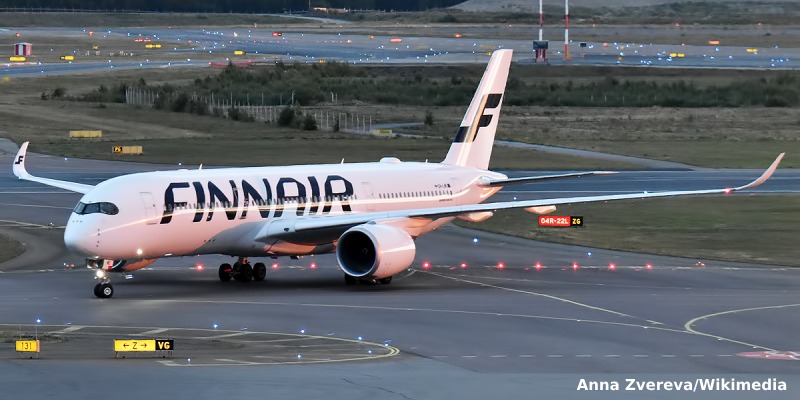The United States is facing a new challenge in the safety of its airspace. In addition to the well-known shortage of air traffic controllers, there is now a lack of instructors at the Federal Aviation Administration (FAA) Academy in Oklahoma City, where the future guardians of air traffic are trained.
An Unsustainable Workload for Teachers
Most instructors are retired air traffic controllers, many in their 60s, and some even over 80. With a record number of students—the academy welcomed 550 students in July, the highest number in its history—the teachers’ schedules have become marathon-like: from 7 a.m. to midnight, with double shifts that leave many “walking like zombies,” as one instructor confessed.
In March, only six out of 105 instructors in a specific area worked double shifts. By September 2, a preliminary schedule showed 42 scheduled to do so. “We have far more work than we have instructors available,” acknowledged Richard Klumpp, director of program management at SAIC, a contractor that provides most of the teaching staff.
Questionable Working Conditions
The instructors, mostly hired by SAIC and not directly by the FAA, earn about $46 per hour. Many work only part-time. The lodging provided offers a daily allowance of $60, forcing many to stay at Walnut Gardens, an outdated apartment complex near a famous nightclub in Oklahoma City. The environment, far from attractive, has discouraged more than one instructor from staying there with their families.
→ Airline Delays in U.S. Have Quadrupled in 30 Years, Harvard Researcher Says
A new labor agreement signed with the IAM union will increase the housing allowance to $90 per day starting in January and includes annual raises of 3% over three years, equivalent to about $1.40 more per hour. Although this is a step forward, the union itself admitted that “there is still work to be done” to improve the instructors’ quality of life.
A Workforce Pushed to the Limit
The exhaustion is evident. Some instructors, after finishing a double shift at 1 a.m., must wake up at 5 a.m. to return to the classroom. Napping in cars during short breaks and paying for coffee out of their own pockets have become routine. Even so, many say they continue teaching out of passion, not financial need, as most already have six-figure pensions.
“We are volunteers; we have no obligation to be here. If I want, I can leave today,” stated one of them.
Background of the Crisis
The FAA ended fiscal year 2024 with a deficit of approximately 3,900 certified controllers. To reverse this, it plans to hire about 2,000 in this cycle and reach at least 8,900 by 2028. But the agency itself admits that the lack of instructors at the academy limits how many students can complete the training.
Transportation Secretary Sean Duffy has proposed hiring assistants and “educational experts” who do not come from the air traffic control profession. Although the FAA claims its studies support this measure, it has not published the evidence. Veteran instructors believe substitutes will never match the experience gained from years of directing real air traffic.
Uncertain Future
Some instructors have already resigned, and others are considering it. Convincing former controllers to return to a life of periodic travel to Oklahoma, leaving behind their families and hobbies, has become an uphill battle. The FAA is also considering curriculum changes that could reduce the number of instructors required, though it is unclear whether this will be enough to alleviate the burden.
For now, the challenge remains: training the next generation of air traffic controllers without enough instructors to guide them. A gap that, if not resolved soon, could become a structural risk for U.S. aviation.
Information from Bloomberg
Related Topics
Air Europa Announces New Non-Stop Route Between Madrid and Johannesburg Starting June 2026
Lufthansa Receives Its Boeing 787-9 in Frankfurt with Special Livery for Airline’s Centennial
Finnair Announces Flights to Melbourne via Bangkok Starting October 2026
EASA Orders Inspections on Airbus A320 Aircraft for Possible Defective Panels

Plataforma Informativa de Aviación Comercial con 13 años de trayectoria.




